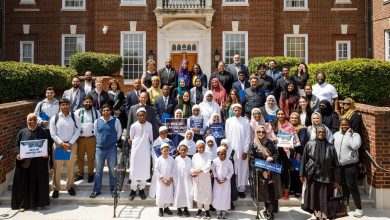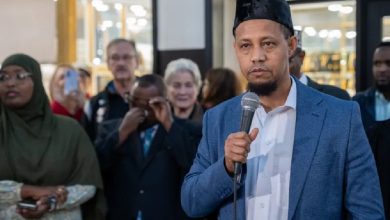Muslim & Arab Children in the U.S.: Growth, Identity, Discrimination, and Youth Attitudes
How America’s Growing Muslim and Arab Youth Shape Identity, Culture, and Conscience Amid Challenges of Belonging and Bias.
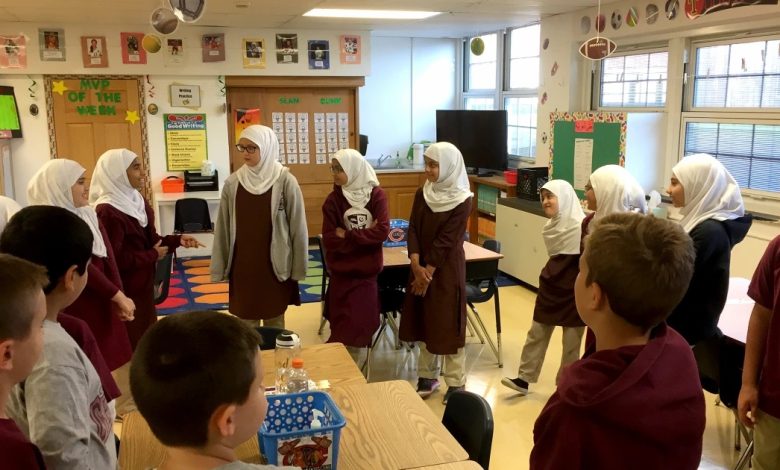
Children from Muslim and Arab backgrounds are an increasingly visible part of the U.S. population. Understanding their demographics, cultural identity, experiences of inclusion/exclusion, attitudes, and how society views them helps inform policy, education, and community relations. Below is a deep dive into what is known — and what remains somewhat unclear — about Muslim and Arab children in the U.S.
Demographic Numbers & Growth
-
According to a 2017 Pew Research Center report, there were about 3.45 million Muslims of all ages in the U.S., including 1.35 million children under 18.
-
Muslims comprise roughly 1.1% of the total U.S. population (all ages).
-
There is no precise official U.S. government count of “Arab children” as a category in many surveys, because “Arab” is often treated as an ethnicity (ancestry) rather than a separate racial category, and many children with Arab heritage may be counted within “white” or other categories depending on survey design.
-
The Arab American Institute (AAI) estimates there are about 3.7 million Arab Americans in the U.S.
-
Among Arabic speakers: In 2021 there were about 1.4 million people age 5 and older in the U.S. who speak Arabic at home.
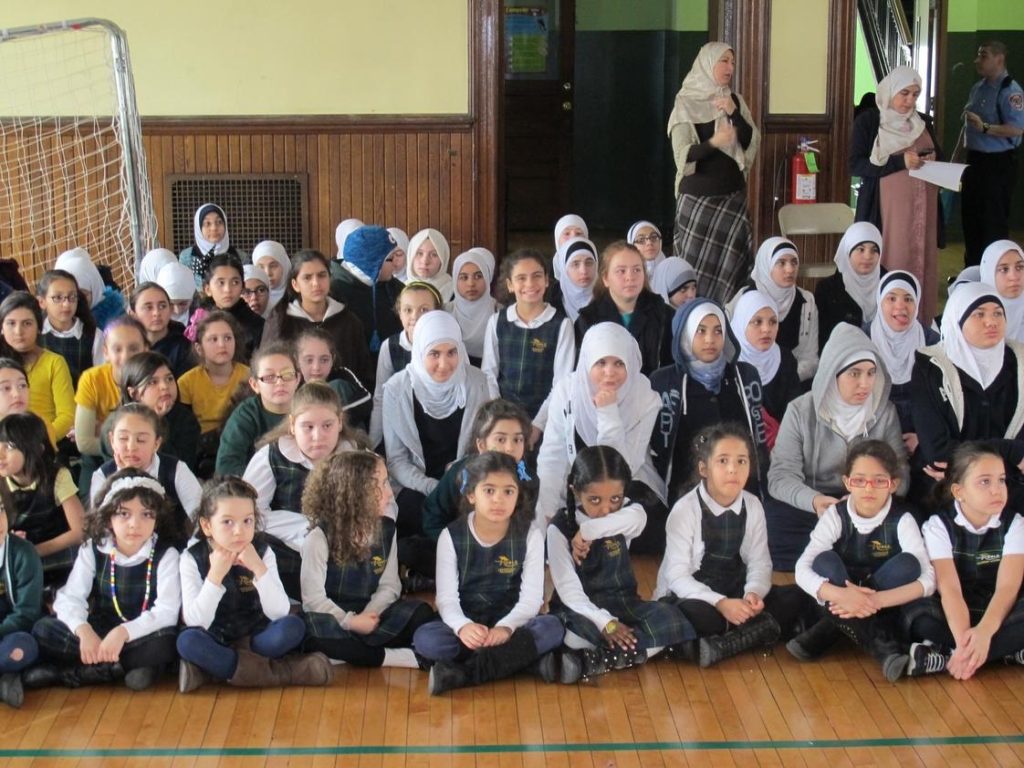
Fertility, Family Size & Age Structure
-
U.S. Muslims tend to have larger family sizes compared to the general U.S. average. The total fertility rate (TFR) for all U.S. Muslims is estimated around 2.5 children per woman, while for U.S.-born Muslims somewhat lower (around 2.2).
-
The broader U.S. fertility rate is about 1.6 children per woman as of recent data.
-
Muslim Americans are a relatively young group: a large share are children and youth. For example, in earlier Pew data, a majority of Muslim adults are under 40.
Culture, Identity, Language & Social Integration
-
Language: Arabic is one of the more common non-English languages spoken at home. The number of Arabic speakers ages 5+ at home rose from about 215,000 in 1980 to 1.4 million in 2021.
-
Religiosity: Many children in Muslim families grow up in households where religious practice and identity are emphasized. Religious holidays (Ramadan, Eid) often play important roles in shaping both family and community life.
-
Ethnic origin diversity: Muslim children — like Muslim Americans generally — come from a wide variety of origins: South Asia, Middle East/North Africa (MENA), sub-Saharan Africa, Southeast Asia, etc. Also, “Arab” identity is often tangled with national origin, language, generational status, religion, and how children self-identify.
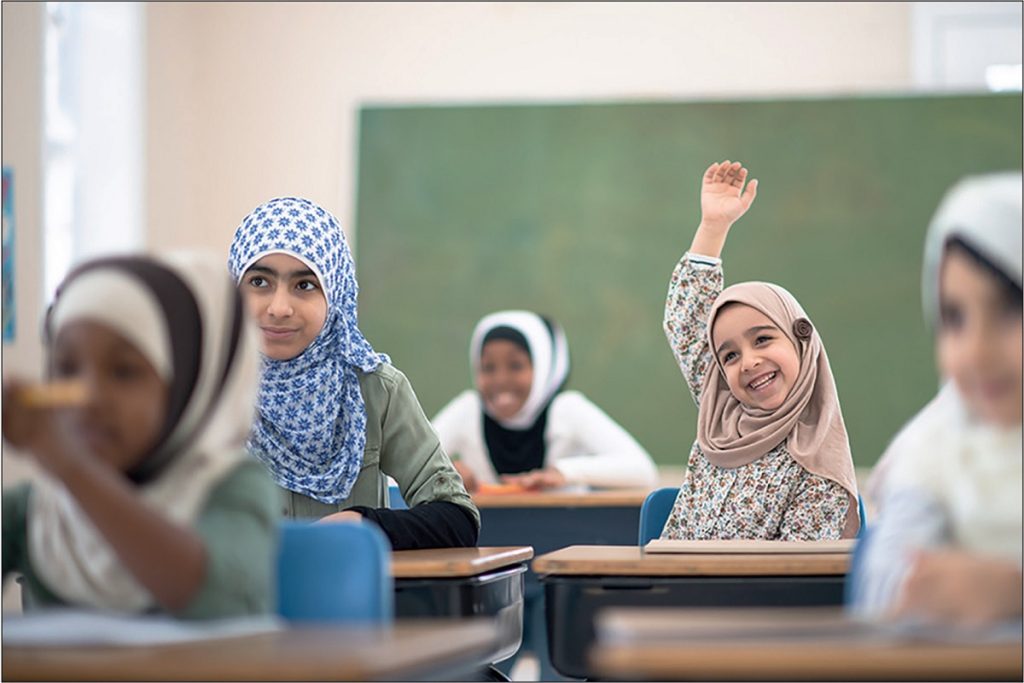
Conscience, Attitudes & Discrimination
-
Discrimination: According to Pew (2017), just under half (~48%) of U.S. Muslims say they have experienced at least one incident of discrimination in the past 12 months (e.g. being treated with suspicion, offensive names, singled out by security or law enforcement).
-
Perception: Large shares of the U.S. public believe Muslims face discrimination. In 2024, 44% of U.S. adults say “a lot of discrimination” against Muslims, up from earlier years.
-
Among children: There is research showing that children in the U.S. develop stereotypes/prejudicial attitudes toward Arab Muslims. For example, a study with elementary school children (ages 6-11) showed that they held more negative attitudes toward Arab Muslim families than toward White or non-Muslim families after hearing certain vignettes.
-
Life satisfaction, safety & identity: Muslim Americans report mixed feelings: pride in being both Muslim and American is high; many believe in the “American dream” and that hard work can get them ahead. Yet many report concerns about safety, belonging, and that being Muslim has become harder over recent years.
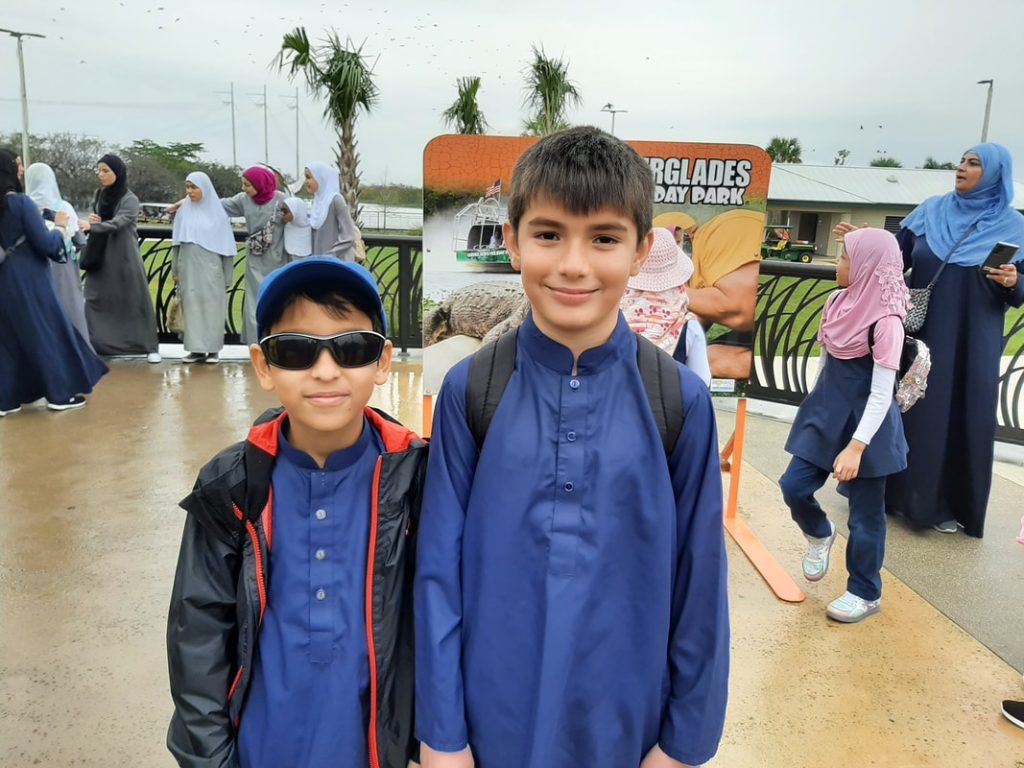
Gaps, Challenges & Trends
-
There is undercounting: Children of Arab heritage may not always be separately identified in surveys or the census, so estimates are approximate.
-
Religion switching & identity shift: Some grow up with mixed identity, or move away from religious identification. Data are more sparse at the children’s level.
-
Impact of current events: Wars, geopolitical conflict (e.g., in the Middle East), media coverage, school environments often shape how Arab/Muslim children see themselves and are seen by others.
-
Discrimination is rising in some contexts – reports of anti-Muslim incidents have increased in recent years especially during spikes in international tensions.
Muslim children in the U.S. number in the low millions (Pew estimates ~1.35 million under 18 as of 2017), Arab heritage children are part of a larger 3-4 million estimated Arab American population. Their cultural identity is strong; they often grow up balancing multiple identities — religious, ethnic, national. While many report pride, hope, and commitment to both faith and American values, Islamophobia, discrimination, and stereotyping remain significant concerns, influencing sense of safety, belonging, and self-identity.

